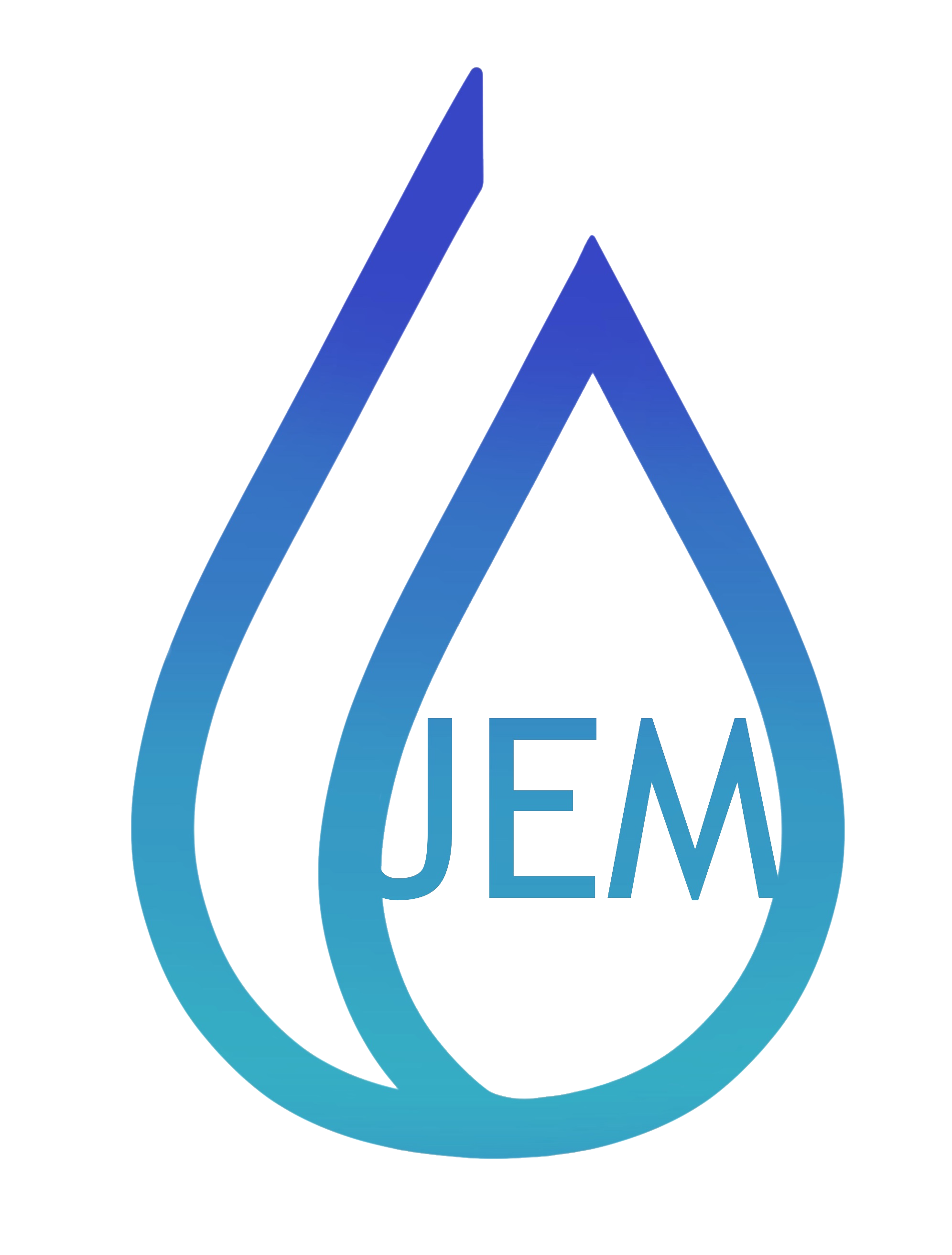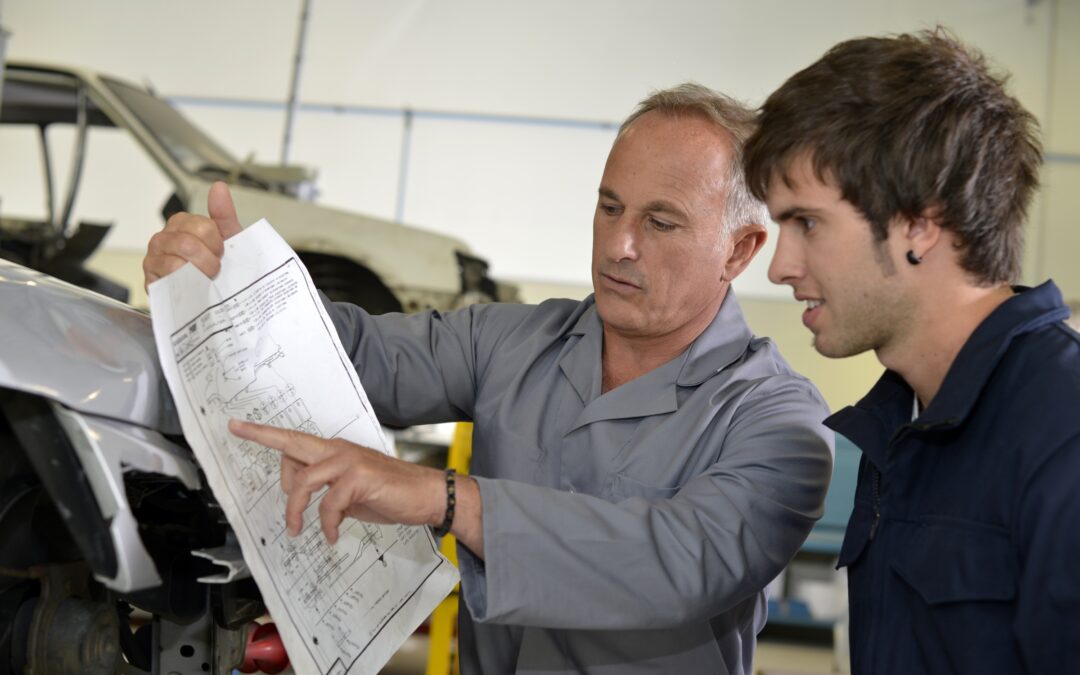Introducing new equipment in the workplace can be exciting; however, it is essential to prioritize safety throughout the process. Implementing safety procedures for new machinery, technology, and tools is crucial to ensure employees’ well-being.
Discussion Points:
- Perform a detailed risk assessment.
- Identify possible hazards.
- Provide comprehensive training.
- Review the operator’s manual and safety procedures.
- Schedule regular maintenance and inspections.
Discussion:
Performing a thorough risk assessment before introducing new equipment is essential. This process helps identify potential hazards associated with the equipment and develops strategies to mitigate these risks. Involving employees is crucial, as they often have valuable insights into daily operations and can provide helpful feedback on safely integrating the new equipment into their workflows.
After completing the risk assessment, comprehensive training should be provided for all employees using the new equipment. The training must cover proper operation, maintenance, inspections, emergency procedures, and specific safety protocols. Before the equipment is introduced into their work environment, it is crucial to ensure employees feel confident and knowledgeable about using it.
Start by addressing several key issues, particularly if they are complex. Review all relevant documentation, including the operator’s manual, safety guidelines, and technical specifications.
Next, create a company-specific job hazard analysis, job safety analysis, and standard operating procedures for the new equipment. Ensure that all necessary safety equipment is in place before the installation. This includes safety guards, barriers to prevent accidents, and personal protective equipment (PPE) like gloves, goggles, hard hats, and ear protection.
Routine maintenance checks and inspections should be scheduled regularly to identify potential issues before they develop into safety hazards. This ensures that the equipment remains in safe working condition.
When introducing new equipment, it is essential to integrate it gradually. This approach helps employees to become familiar with the equipment and allows for the opportunity to address any concerns or issues that may arise. Effective communication with employees throughout this process is crucial, encouraging them to report any safety concerns or incidents promptly.
Safety must always be the top priority when integrating new equipment. Employers can ensure a safe and successful transition by conducting thorough risk assessments, providing comprehensive training, ensuring necessary safety equipment is available, and maintaining open lines of communication with employees. By prioritizing safety, employers can create an efficient, productive, and safe work environment for everyone.
As always, stay safe out there!


Recent Comments